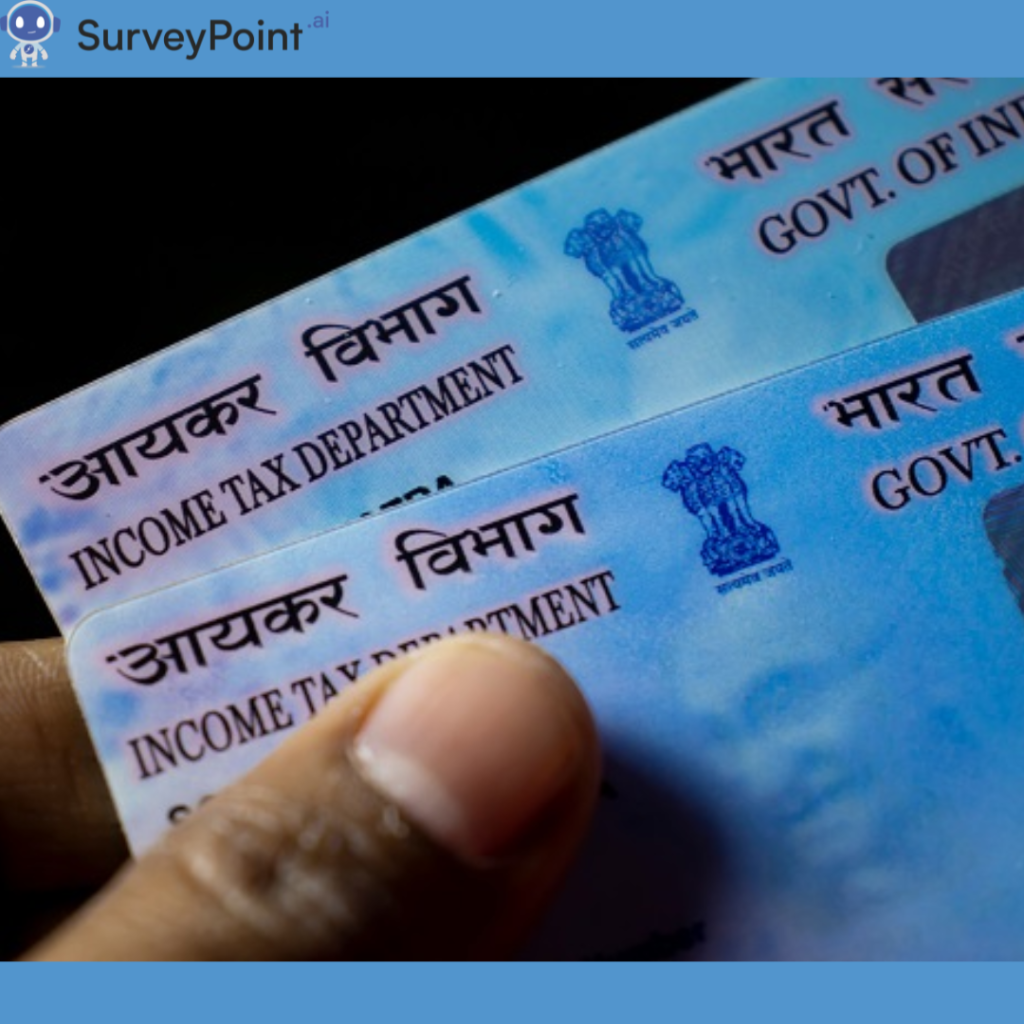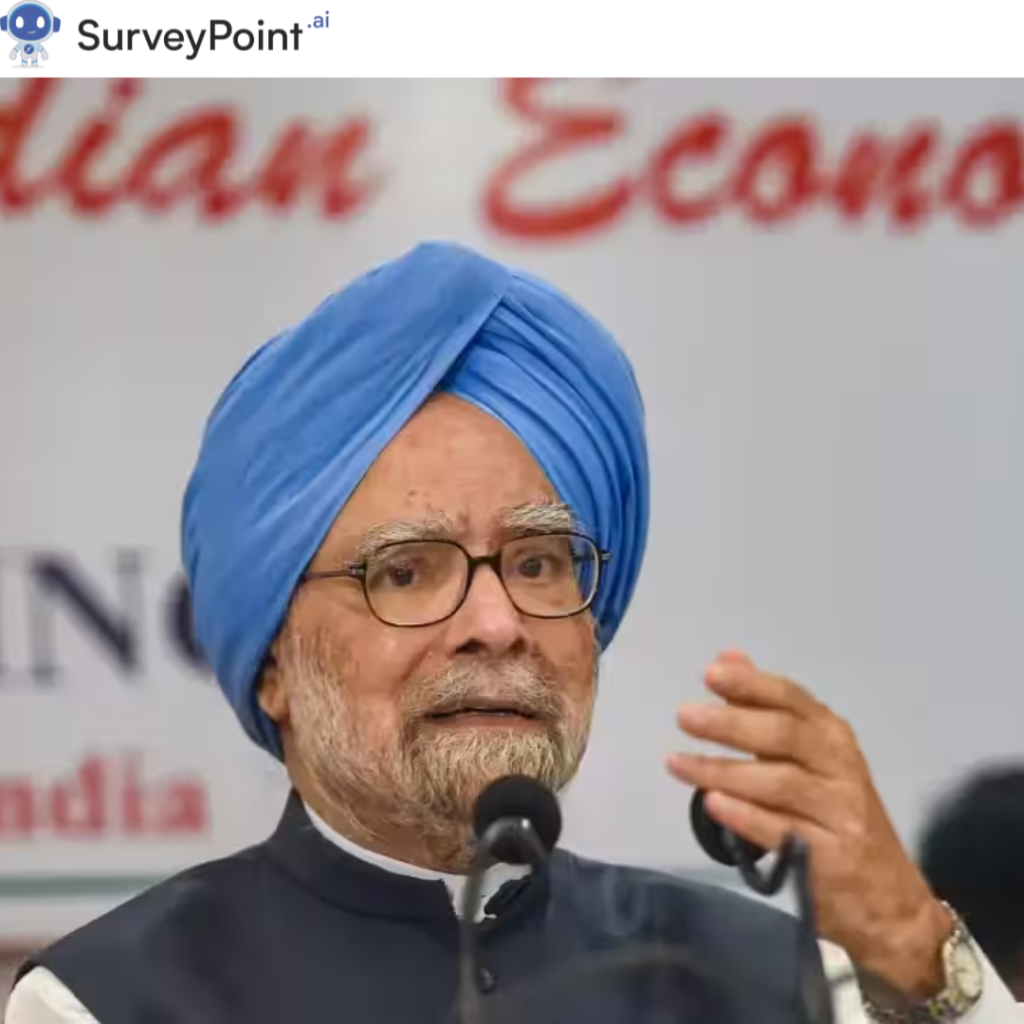
With business today growing exponentially, who doesn’t want to take advantage of competitiveness?
Most organizations want to take an edge over their competitors, and it is important to do so to sustain yourself in the market. Over 94% of businesses plan to invest in competitive intelligence to better understand the market. This also allows you to achieve your potential growth while witnessing a significant rise in revenue.
But the question to ponder here is— how to do it?
The VRIO framework is the solution you are looking for. It helps maximize your competitive benefits and paves the way for returns.
In the following article, we will be exploring what a VRIO framework is, how to use it, and some popular examples. We are also going to look at the benefits of the framework and some of its talked-about drawbacks. So let’s dive right into it!
What is VRIO Framework?
The VRIO framework is a tool for the internal analysis of any company or organization. It makes it easy for businesses to assess their resources and overall growth potential. The abbreviation VRIO stands for
- Value,
- Rarity,
- Imitability, and
- Organization.
This analytical tool was developed by Jay B Barney in 1991. The original acronym was VRIN, and later, after much refining, it was changed to VRIO. The framework is easy to understand and use and can benefit your organization immensely by giving you a competitive edge.
We can break the framework into four categories. These categories characterize and distinguish your business from your competitors. Analyzing these four will help you in achieving a sustainable competitive advantage.
Let’s examine the four categories of the VRIO framework in detail with their corresponding examples.
- Value
At this stage, you must check for the value you are providing to your customers. This is often the most crucial offering that influences the profits you are likely to make.
Always identify the nuances that lead your customers to choose you over the competitors and understand the value of your products. Once you analyze your unique value proposition, scaling your efforts to increase business can become easier.
- Rarity
Rare refers to something which is not accessible by everyone. Here you should analyze which rare resources you have, and your competitors do not have. These resources should be hard to obtain, whether through legal means or the financial means of your competition.
Here the uniqueness of your organization plays an important role, giving your company or business a rare resource base. When value adds to rarity, your resources tend to give you a competitive advantage.
- Imitability
In this crowded and technology-driven world, it can be very easy to imitate each other. The same happens with organizations also. When an organization learns about another company’s success strategies, they imitate it. However, it often leads to short-term competitive benefits only.
To make sure that you enjoy a sustainable competitive benefit and success, you will have to build a resource base that is hard to get for your rivals.
You can acquire resources that are too expensive to be afforded by your rivals, or you can apply for patents or trademarks for your unique inventions. This makes it harder for competitors to replicate your services and helps eliminate unnecessary competition.
- Organization
The final step of the VRIO assessment is organization. It is associated with the organizational capabilities of your business. It plays a huge role in achieving the targeted success of your organization.
Here one can analyze how business is being operated in a particular firm, do they have enough human capital to create value in the organization, and how they manage their resources to achieve maximum profits.
Resources are required to be managed properly; otherwise, the organization will never be able to optimize its valuable, rare, and inimitable resources.
VRIO Framework Examples
You must first identify your resources if you intend to use the VRIO framework. Resources can be tangible or intangible, and they can be divided into four categories for your convenience:
- financial resources,
- human resources,
- material resources, and
- non-material resources.
Now, examine the resources in relation to the four factors to see if they possess the characteristics.
Analyzing short-term versus long-term competitive advantage will help you determine your market positioning. This further allows you to identify the areas where you need to put your energies.
STARBUCKS
If we consider the VRIO framework Starbucks, one can see the brand value of Starbucks, which the organization has created through its prime locations, valuable products and services, and skilled human resources.
The brand image of Starbucks is highly recognizable, which provides this organization more value than its competitors.
AMAZON
To understand the rarity component of the VRIO framework, we can take a look at the VRIO framework of Amazon.
With its extensive distribution network and cutting-edge data analytics technology, Amazon remains a leader in e-commerce and provides excellent customer service.
APPLE
No better example exists than the VRIO framework example Apple to understand the imitability component of the framework. Apple produces world-famous iPhones, iPods, iPads, etc.
Through its hard-to-imitate resources, Apple has successfully created a loyal customer base and continues to dominate the other smartphone brands.
ALSO READ: Market Research vs Marketing Research: What Are The Differences?Advantages of VRIO
By now, you should have a basic understanding of the VRIO method. Let us now talk about the advantages of the VRIO framework:
You can easily gauge the competitive advantage of a business by leveraging the VRIO framework.
If you know the exact value and capabilities of your resources, you can proactively plan improved strategies.
This further fuels your decisions to expand your teams and how to better capitalize on the strengths of your company. Also, you may outline a long-term success roadmap to address your identified weaknesses.
ALSO READ: Market Research Made Simple: Tips and Tricks Drawbacks of The VRIO
One of the VRIO framework’s flaws is its lack of specificity. The framework provides high-level assessments of resources and capabilities but does not offer specific insights into the company’s operations.
The VRIO framework’s limited scope has also been criticized. The framework focuses on a company’s internal resources and capabilities while ignoring external factors such as market conditions and industry trends.






